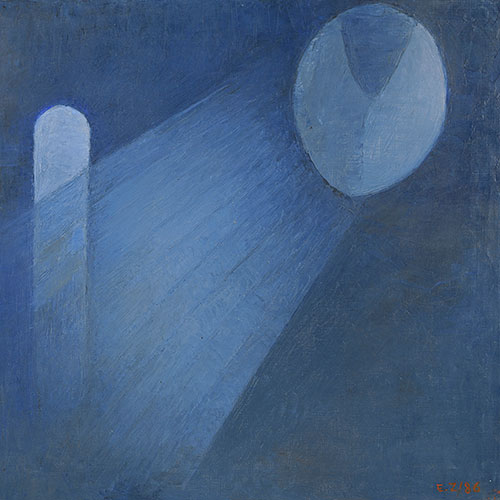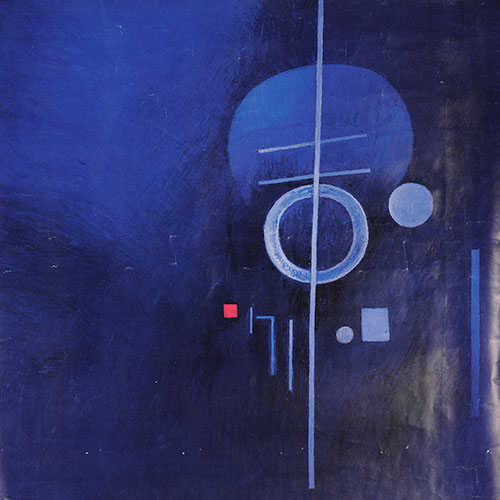
Biography


-
Eleni Paschalidou - Zongolopoulou
(Constantinople 1909 – Αθήνα 1991) -
Eleni Paschalidou - Zongolopoulou...
...was born in Moda, Asia Minor, on October 26, 1909, the daughter of businessman Konstantinos Paschalidis and Despoina Pappa, a dollmaker.
She grew up in a cosmopolitan bourgeois household in Constantinople, where a deep appreciation for the Arts and Letters was instilled in Eleni and her three younger sisters: Danae Paschalidou-Nicolaidi, Lili Paschalidou-Theodoridou, and Alexandra Paschalidou-Moreti.
From an early age, Eleni was drawn to painting—a passion nurtured by her mother, an amateur painter who would later inspire her to pursue art professionally.
Indeed, Eleni's family carried an artistic tradition passed down through generations. Her own generation—with 56 first cousins—produced numerous artists, the most notable being sculptor Yannis Pappas and painters Eleni Pagkalou and Andreas Vourloumis. -
At the Zappeion Parthenagogeion of Constantinople
"...where she began as a student, she was stimulated by a culturally rich environment filled with significant works of art, which helped her cultivate her aesthetic and artistic sensibility."
By the time she completed her secondary education, she had already resolved to pursue painting. Her command of three foreign languages—French, Italian, and English—proved invaluable throughout her career.
In 1922, Eleni's family departed Constantinople, their exile unfolding in stages: first to Varna, Bulgaria, then briefly to Thessaloniki, before finally settling permanently in Athens by 1925...











